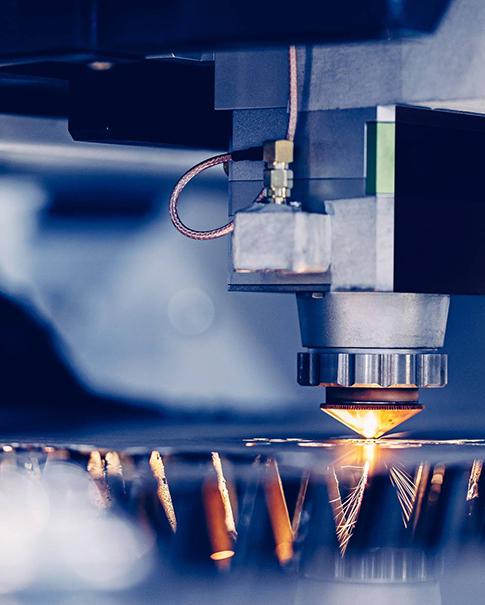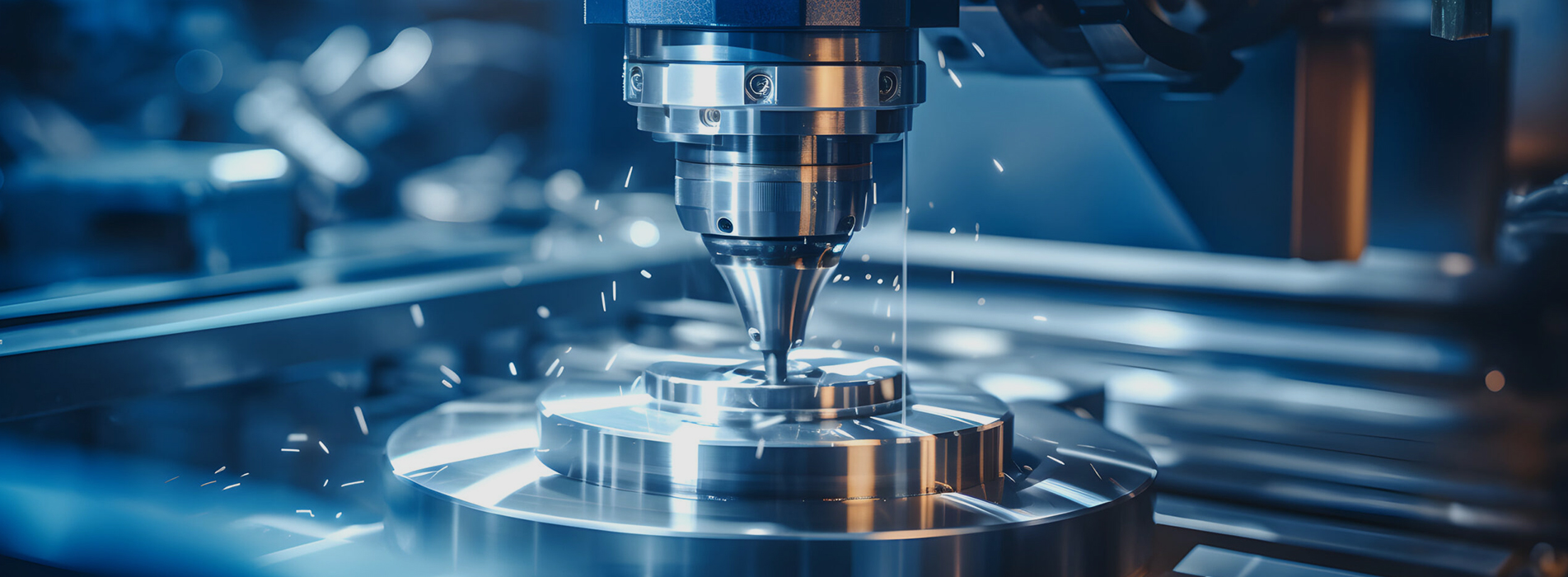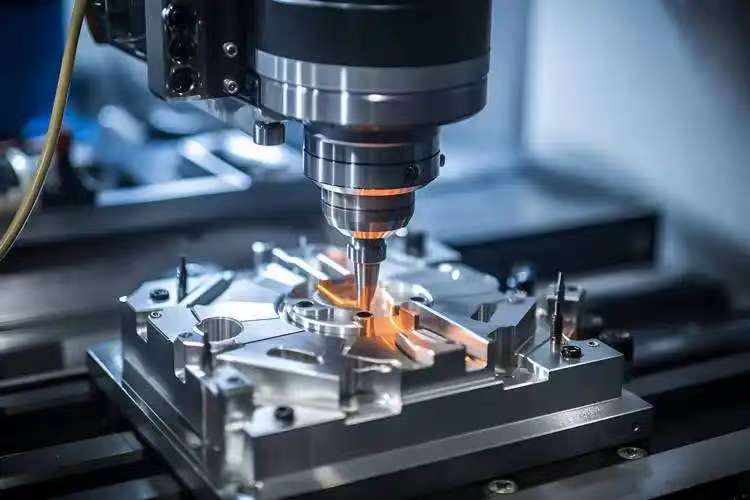CHE COSA STA CERCANDO?
Ricerche popolari :
servizio di microlavorazione pezzi lavorati a controllo numerico servizi di lavorazione su misura lavorazione CNC OEM personalizzata lavorazione rapida di prototipi CNC personalizzati di parti in acciaio inossidabile servizio di tornitura/fresatura cnc di alta precisione servizi di lavorazione personalizzata Lavorazione cnc certificata ISO Parti di fresatura e tornitura di precisione Servizio di lavorazione delle leghe di titanioCHE COSA STA CERCANDO?
Ricerche popolari :
servizio di microlavorazione pezzi lavorati a controllo numerico servizi di lavorazione su misura lavorazione CNC OEM personalizzata lavorazione rapida di prototipi CNC personalizzati di parti in acciaio inossidabile servizio di tornitura/fresatura cnc di alta precisione servizi di lavorazione personalizzata Lavorazione cnc certificata ISO Parti di fresatura e tornitura di precisione Servizio di lavorazione delle leghe di titanio















 ISCRIVITI ALLA NOSTRA NEWSLETTER
ISCRIVITI ALLA NOSTRA NEWSLETTER






